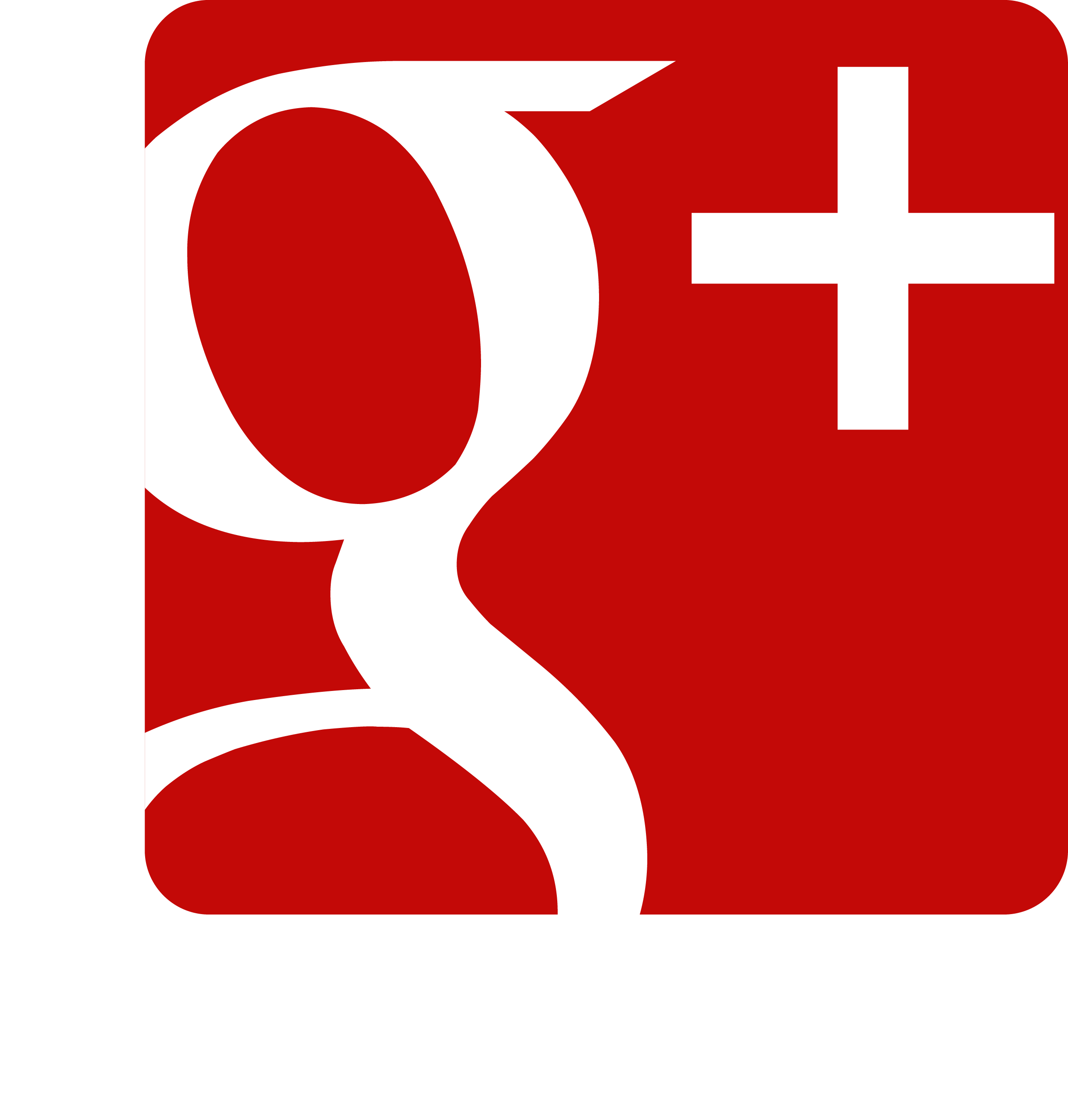
- #GOOGLE PLUS VECTOR ICONS HOW TO#
- #GOOGLE PLUS VECTOR ICONS FULL#
- #GOOGLE PLUS VECTOR ICONS LICENSE#
Products under the Apache License Version 2.0. We have made these icons available for you to incorporate them into your Of projects and platforms, for developers in their apps, and for designers in The icons are available in several formats and are suitable for different types
#GOOGLE PLUS VECTOR ICONS FULL#
See the full set of material design icons in the Material Icons Library. Have been optimized for beautiful display on all common platforms and display Each icon is created using our design guidelines to depict in simpleĪnd minimal forms the universal concepts used commonly throughout a UI.Įnsuring readability and clarity at both large and small sizes, these icons Material design system icons are simple, modern, friendly, and sometimes
#GOOGLE PLUS VECTOR ICONS HOW TO#
Monochrome - Applies one color to all layers in a symbol.An overview of material icons-where to get them and how to integrate them with your projects.
SF Symbols supports the following rendering modes.
For example, Hierarchical rendering mode assigns a different opacity of a single color to each layer, creating a visual hierarchy that gives depth to the symbol. Depending on the rendering modes a custom symbol supports, you can use a different mode in each instance of the symbol in your app.įor example, the symbol consists of three layers: the primary layer contains the cloud paths, the secondary layer contains the paths that define the sun and its rays, and the tertiary layer contains the raindrop paths.ĭepending on the rendering mode you choose, an annotated symbol can produce various appearances. Using a process called annotating, you can assign a specific color - or a specific hierarchical level, such as primary, secondary, or tertiary - to each layer in a custom symbol. To support the rendering modes, SF Symbols organizes a symbol’s paths into distinct layers. For example, you might want to use multiple opacities of your app’s accent color to produce symbols with depth and emphasis, or specify a palette of contrasting colors to produce symbols that coordinate with various color schemes.

SF Symbols 3 and later provides four rendering modes that enable multiple options when applying color to custom symbols. For developer guidance, see Configuring and displaying symbol images in your UI. Be sure to understand the terms and conditions for using SF Symbols, including the prohibition against using symbols - or images that are confusingly similar - in app icons, logos, or any other trademarked use. Visit SF Symbols to download the app and browse the full set of symbols. For example, if you add to your app bundle a symbol introduced in SF Symbols 3, you can use the symbol when your app runs in earlier platforms - such as iOS 13, Mac Catalyst 13, tvOS 13, or watchOS 6 - but without the benefit of SF Symbols 3 features like Hierarchical or Palette color rendering. You can use a symbol to convey an object or concept wherever interface icons can appear, such as in navigation bars, toolbars, tab bars, context menus, and within text.Īvailability of individual symbols and features varies based on the version of the system you’re targeting. SF Symbols provides thousands of consistent, highly configurable symbols that integrate seamlessly with the San Francisco system font, automatically aligning with text in all weights and sizes.


 0 kommentar(er)
0 kommentar(er)
